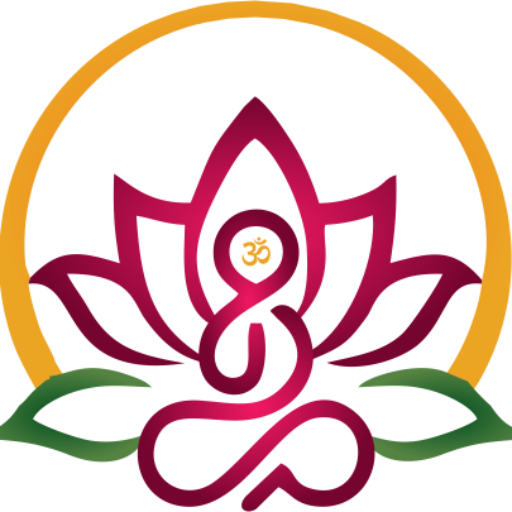Acupressure Uses and Benefits
Acupressure is a sort of massage therapy in which certain body parts are subjected to manual pressure. Similar to acupuncture, it is a traditional Chinese medicine (TCM) technique that uses fingertip pressure as opposed to needles.
Motion sickness, headaches, and muscle soreness are just a few of the conditions that acupressure is supposed to help with. TCM practitioners claim that the benefits of acupressure are attained by applying pressure to specific places along the body's energy pathways in order to promote the free flow of qi.


How Does Acupressure Work?
Although its exact effects are yet unknown, acupressure is supposed to relieve obstructed energy. Some believe that the pressure may trigger endorphin release. These substances in the body naturally reduce pain.
Others believe the autonomic nervous system may be affected by the pressure. This area of the nerve system regulates automatic functions like breathing, digestion, and heartbeat.
The body's meridians, or invisible energy channels, are said to flow according to TCM principles. It is believed that the organs are linked to other bodily components through at least 14 meridians.1 It is believed that any location along a meridian where qi is blocked will result in health issues.
A practitioner applies pressure to specific acupressure points to restore healthy energy flow. The points they choose depends on your symptoms.
What Are the Acupressure Points?
There are 361 pressure points on 14 meridians. The points are the same as those used in acupuncture.
For example, the pressure point Neiguan (P-6) is primarily used to treat nausea and vomiting. To find it, turn your hand palm up. Place your thumb at the center of where the hand meets the wrist. Move your thumb two finger-widths toward the elbow. The point is between two large tendons, which you should be able to feel as you apply pressure.
A few other commonly used pressure points include:
- Lie Que (LU-7) on the thumb side of your wrist may help stimulate your immune system.
- Qu Chi (LI-11) on the elbow is used for fever, vomiting, diarrhea, and abdominal pain.
- Zu San Li (ST-36) below the knee is used for loss of appetite, acid reflux, and constipation.
- He Gu (LI-4) in the hand may reduce chemotherapy side effects, menstrual pain, and headaches.
- Shen Shu (UB-23) on the lower back is used for lower back pain.
- Liang Qiu (ST-34) above the knee may prove useful for







